These Two Books will Make You Go Pro with Your Shofar
by Mordechai Djavaheri Teka b’Shofar There are lots of videos and guides out there about how to blow shofar. I know, because I was tasked with teaching a course on practical Halacha last Elul zeman and had just the summer to learn how. I watched and read practically everything available in English and Hebrew on the internet, but I didn’t get anywhere until I discovered Rav Avrohom Reit’s videos on All Daf and his books Teka BeShofar, Mastering Shofar Blowing and EZ Shofar: Everyone’s How-to Guide. Rav Reit runs Camp Yoreh Deah, where many practical topics like shofar, shechitah, safrut, and matzah baking are taught, and he has been teaching and perfecting shofar blowing for many years, among his other skills. His books offer clear descriptions and directions that bring the mitzvot in your hand to life. Teka BeShofar has everything you need to become a professional shofar blower, from the basics to the pro tips and tricks, FAQ’s, and troubleshooting. He has great charts that apply the complicated rules of when to go back for mistakes in blowing, describes the various styles of each sound, and gives solid purchasing advice. His second book on the topic, EZ Shofar is the quick starter, condensed version of the former, with more pictures and basics. It’s all about posture, breathing, and blowing. I read both cover to cover, got my hands on a few different shofarot (I went shopping a couple times), practiced in yeshiva late at night for a month, and


